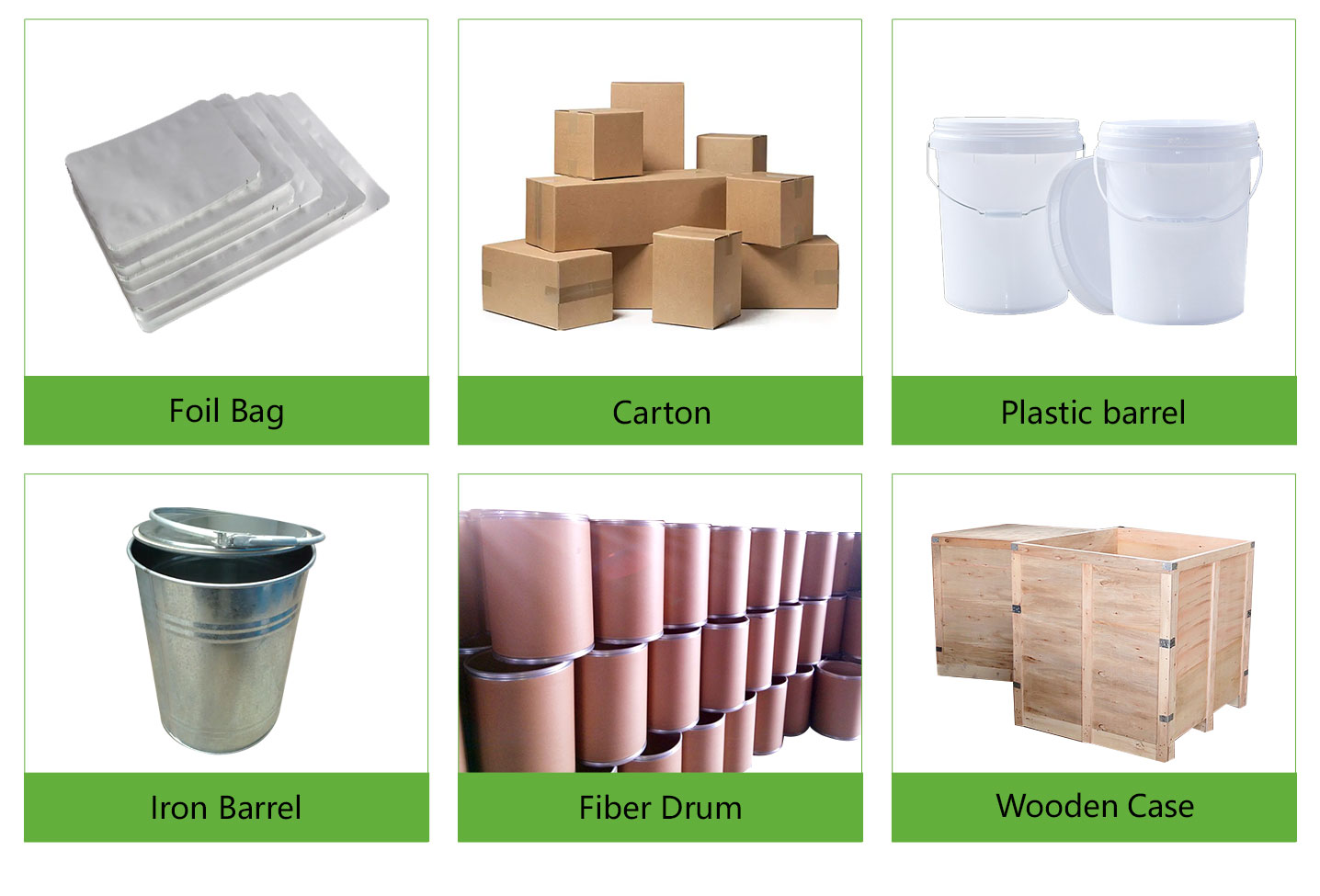About Calcium Nitride Ca3N2 powder
In most cases, calcium nitride is usually available in large volumes. TRUNNANO provides a wide range of products for hydrogen storage research, advanced fuel cells, and battery applications. Hydrogen is easily produced from renewable energy sources and is the most abundant element in the universe. Hydrogen comes from many sources, such as solid fuels, water, and renewable materials. Hydrogen is non-polluting and will form harmless water during use. Challenges related to the use of hydrogen as an energy source include the development of safe, compact, reliable, and cost-effective hydrogen storage and transmission technology. Currently, hydrogen can be stored in three forms: compressed hydrogen, liquid hydrogen, and chemical storage. High purity, submicron and Nanopowder forms can be considered. Calcium nitride is the main raw material for high-end phosphors. This phosphor is more stable, has better performance, and has better effects at high temperature and high humidity. Last but not least, calcium nitride can also be used as a chemical treatment agent, which is the key to determining the performance of water-based mud. Feel free to send an inquiry to get the latest price if you would like to buy Calcium nitride in bulk.
How is Calcium Nitride Produced?
When calcium burns in the air, it forms Ca3N2 with the oxide CaO. The distilled fibrous metallic calcium is heated to 450°C in a purified nitrogen stream, and then the metallic calcium is nitrided into calcium nitride after 3-4 hours.
Depending on the preparation temperature, the obtained calcium nitride is black at 350°C, milky white at 350 to 1150°C, or golden yellow at 1150°C or higher. It is easy to identify the calcium nitride formed because it can react with moisture or water and produce calcium hydroxide and ammonia.
Applications of Calcium Nitride
Ca3N2 can be used for obtaining reactive nitride ions, Calcium hydride (a desiccant) can be produced by heating calcium nitride with hydrogen at temperatures above 350 °C.
Product Performance of Calcium Nitride Ca3N2 powder:
Calcium Nitride Ca3N2 powder possesses the characteristics of high purity and uniform particle size distribution.
Calcium nitride hydrolyzes to give calcium hydroxide and release ammonia, it dissolves in dilute acids and decomposes in alcohol.
Technical Parameter of Calcium Nitride Ca3N2 powder:
| Product Name | MF | Purity | Particle Size | Melting Point | Density | Color |
| calcium nitride | Ca3N2 | 99% | 5-10um | 1195℃ | 2.67g/cm3 | red-brown |
Chemical Composition of Calcium Nitride Ca3N2 powder:
| Ca3N2 | N | Ca | Si | O | C | Fe |
| 99% | 13% | balance | 0.05% | 0.3% | 0.05% | 0.2% |
Application of Calcium Nitride Ca3N2 powder:
Calcium nitride Ca3N2powder is the main raw materials of chemical reagents and high-end fluorescent powder.
Packing & Shipping of Calcium Nitride Ca3N2 powder :
We have many different kinds of packing which depend on the calcium nitride Ca3N2 powder quantity.
Calcium nitride Ca3N2 powder packing: vacuum packing, 100g, 500g or 1kg/bag, 25kg/barrel, or as your request.
Calcium nitride Ca3N2 powder shipping: could be shipped out by sea, by air, by express as soon as possible once payment receipt.
Calcium Nitride Properties |
|
| Other Names | tricalcium nitride, Ca3N2 powder |
| CAS No. | 12013-82-0 |
| Compound Formula | Ca3N2 |
| Molecular Weight | 148.25 |
| Appearance | Brown Powder |
| Melting Point | N/A |
| Boiling Point | N/A |
| Density | 2.63 g/cm3 |
| Solubility in H2O | N/A |
| Exact Mass | 147.894 |
Calcium Nitride Health & Safety Information |
|
| Signal Word | Danger |
| Hazard Statements | H260-H314-H318 |
| Hazard Codes | F, C |
| Risk Codes | 11-29-34 |
| Safety Statements | 16-22-26-36/37/39-45 |
| Transport Information | UN 3208 4.3/PG I |




